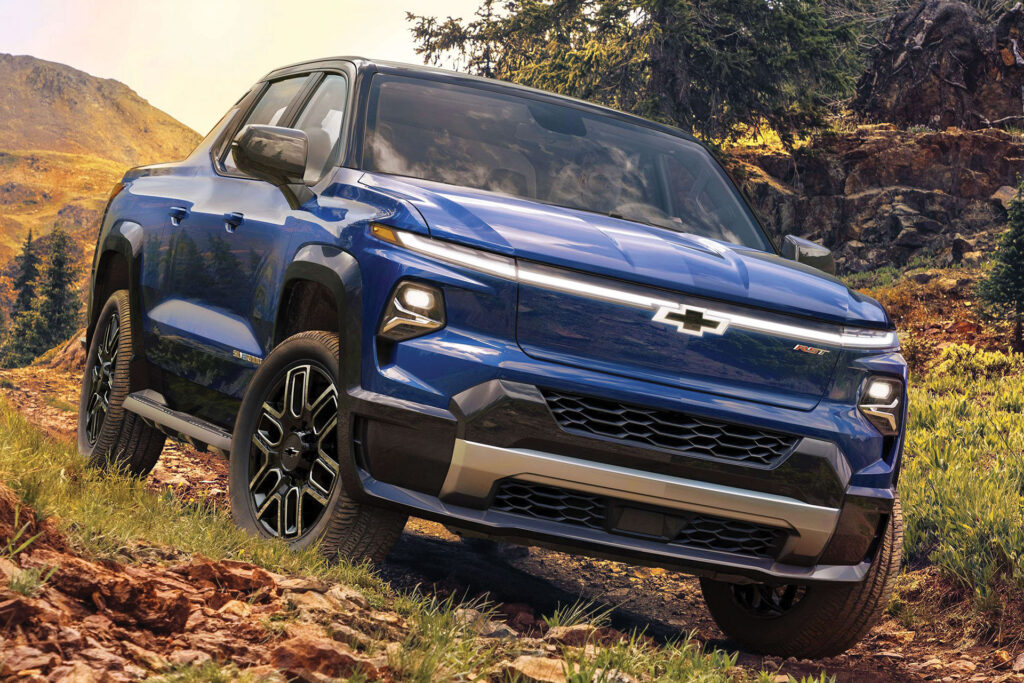All the (road) rage.
by Simon Murray
Back in early 2020, before the sky fell, my then girlfriend (now fiancée) and I were bound for a rental shaded by palm trees—until a series of furloughs upended our plan. Unbeknownst to us, COVID-19’s fallout had placed us on an immutable track that looped back, with sickening velocity, to my mom’s house in the Berkshires. The ingredients for disaster were quickly stacking up.
For starters, Tatiana had never lived outside of Florida. And before we met, I’d been bouncing around the country, never staying in a new place for more than a couple of years, give or take. How would this Cuban, spunky, city-loving woman take to the rural life, let alone communal living with her future sister- and mother-in-law?
Somehow, everything worked out. That’s a testament to my fiancée’s resilience and my mom, who’s an accommodating go-getter of the highest order. But there’s something about the Berkshires—and its residents—that hooks its claws into you in the best way.
Our newest dream is to own a farm. It feels weird even committing that to paper, but it’s true. I’d always lived too fast to want to put down roots; settling down felt as unbecoming as a weed-choked yard. Of course, a career of testing sports cars and yachts, most recently for the leading boating magazine in the country, was conducive to that feeling. Can you blame me? I’ve never heard of someone enjoying that wind-in-the-hair feeling from a tractor. At least not yet.
Now, we talk earnestly about what kind of a pick-up to buy. Did we ever.
In 2022, no sincere car-buying conversation can afford to disavow the electric vehicle (EV) revolution. Or put it this way: do so at your own financial peril. The question is: When should you buy into this exponentially growing phenomenon? Because unlike a transient fad, EVs are here to stay. For. Sure.
But in what capacity? When deciding if now’s the right time, a serious EV-buyer must balance a golden ratio represented by the sluggish introduction of charging stations and the bone-chilling price of gasoline. According to the US Department of Energy, in early 2022, the US had a little more than 128,000 charging outlets—both public and private—for plug-in electric vehicles. Almost one third of these are, predictably, in California. Of course, the comparison isn’t entirely 1:1, since EVs make up less than one percent of cars on the road. But range anxiety will make an early adopter rethink a lengthy road trip down I-87. Trust.
Nevertheless, there’s a veritable arms race to create a viable electric pick-up— traditionally a gargantuan gas-guzzler—which might account for why Tesla’s comically hideous, seemingly RoboCop inspired Cybertruck snatched a ton of headlines and then—poof!—disappeared. The light duty pick-up is now rumored to have more than 1.25 million pre-orders (citing a fan-sourced reservation tracker) with a loose release date set for 2023. Key word: viable.
For more than four decades(!), Ford’s F-150 has been the best-selling vehicle in the US; it stands to reason that the original creator of this skeleton key will open innumerable doors to profit and success. Chevy’s Silverado EV is one such contender. With a more conventional look than the Cybertruck, and with a firmer launch date of Fall 2023, General Motors is jockeying with Detroit’s Big Three and EV startups Rivian and Lordstown to be the first to strike out into this uncharted territory…again, after a failed first foray as early as 1996. More recently, GM has also set about reviving an EV version of the Hummer, because nothing screams “IDK, maybe we should go electric?” like a design that infamously got a whopping eight miles per gallon. I mean, seriously?
If you haven’t had the pleasure of getting behind the wheel of an electric-powered vehicle, you’re missing out. They’re good for speed demons like myself, but also the environment, thanks to an instantaneous supply of current being fed by the batteries to the motor—unlike the far more inefficient process of burning gas. A fully electric vehicle does away with the transmission, engine, tailpipe and thousands of moving parts that can break at a moment’s notice. It’s just a better way to go.
As for what such an architecture means for the 2024 Silverado EV—well, actually, an impressive amount.
The new Chevy Silverado EV will offer up 400 miles of range, 660 horsepower and up to 10,000 pounds’ worth of tow rating. Its electrical architecture is capable of charging at 800 volts and 350 kW, or 100 miles of range in just 10 minutes. It’s also a veritable power bank, with 10 sockets, including a 240-volt outlet in the bed, that can provide 10.2 kW for anything from camping equipment to your home to another electric vehicle, provided you have the right cable.
At launch, the Silverado EV will be available in two configurations—a fully loaded Rally Sport Truck and a fleet-oriented Work Truck model, at more than $100,000 and $40,000, respectively—plus a full line-up to fill in the range after the initial production.
Will my fiancée and I be following suit? It’s hard to say how far away we’re from our larger dream: a therapeutic place for kids with autism to work among farm animals. I’ll also need to look this particular gift horse in the mouth, but I’m confident getting behind the wheel of a necessary-this-century-for-all-the-right-reasons electric truck will prove revelatory in the best way.
Can you get as far as easily as you would in, say, a gas-powered pick-up? Not yet. But such a thought doesn’t send me running for the hills anymore. Our future electric pick-up will have a range of 400 miles, more than enough for a guy who’s happy to put down roots in an area that gives you every reason to stay.











Comments are closed.